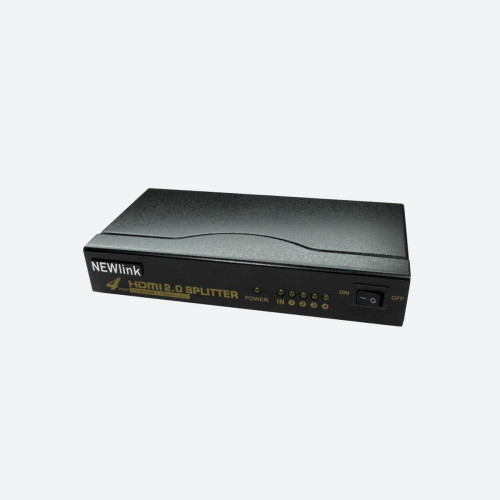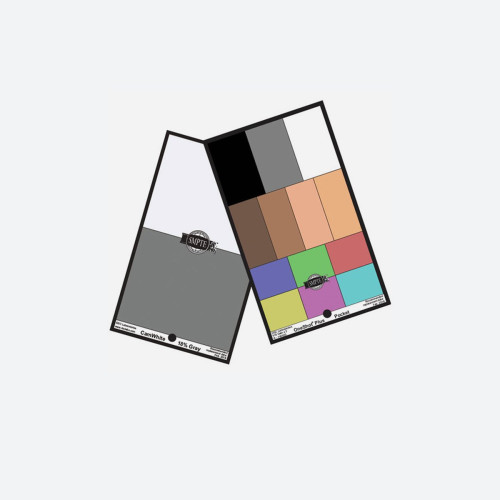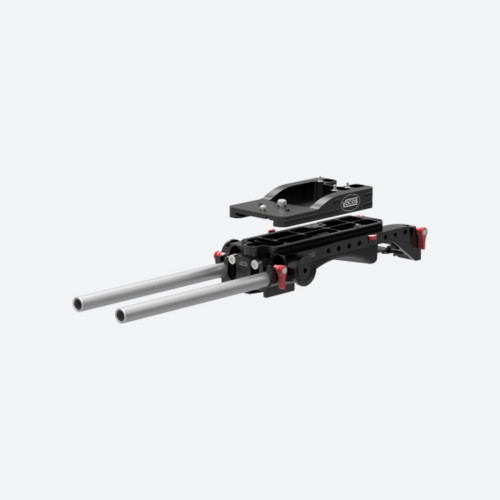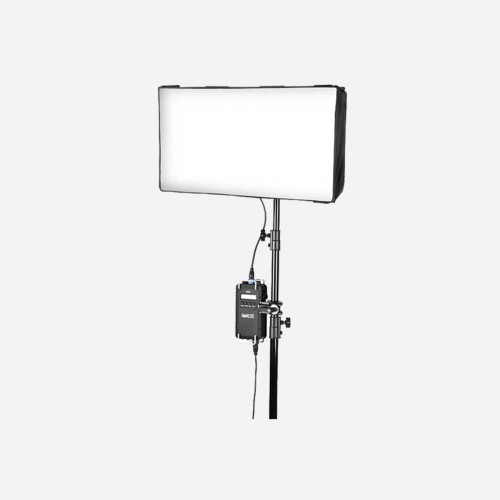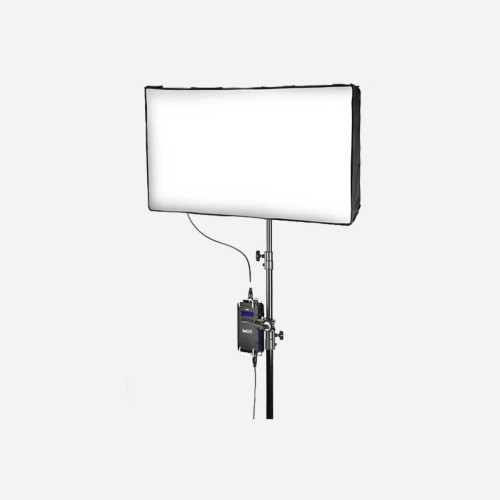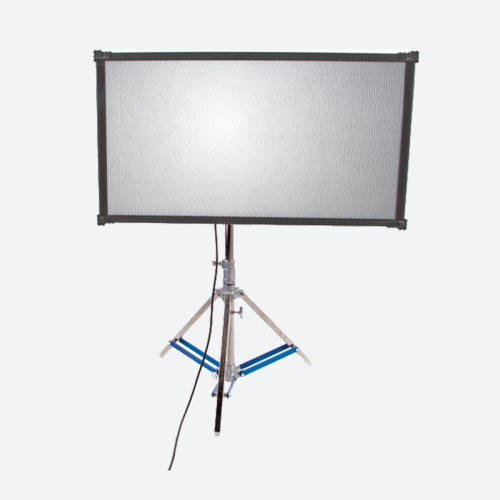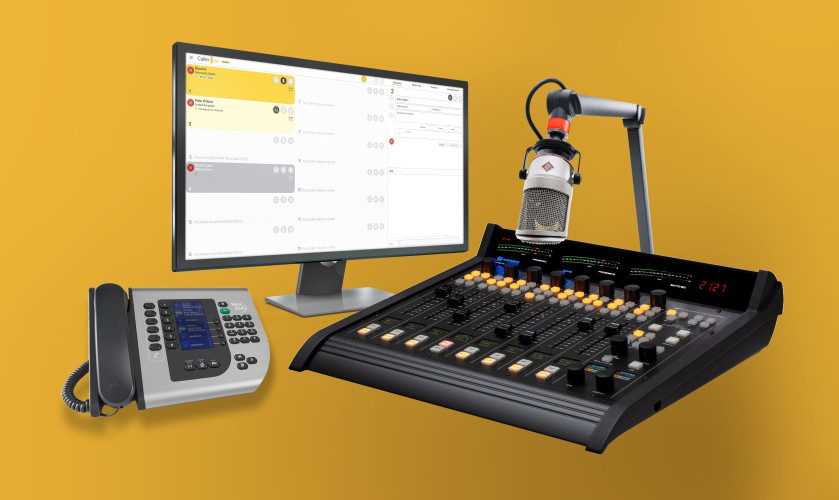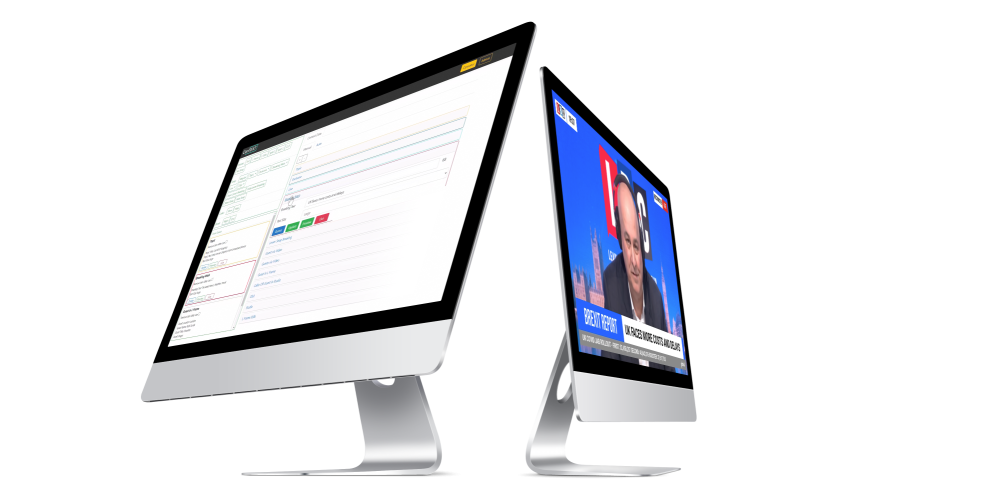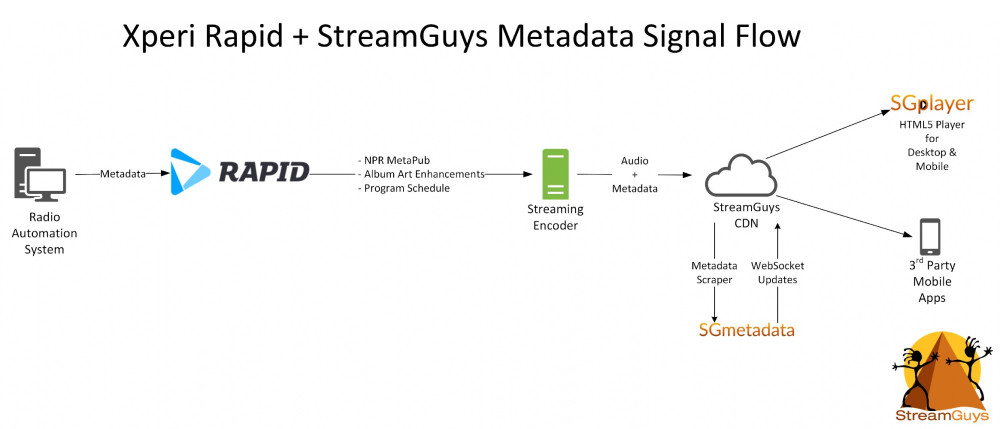The filming of Lands End to John OGroats
Author: Dennis Lennie
Published 1st August 2009
I’ve been here for several minutes now. Standing in the pouring rain with a camera pointing at the road sign for Somerset, the drops of rain tapping on the camera rain cover add a certain atmosphere to the wild track. I stood trying to work out who was the madder, the two cyclists I was waiting for, or me. Here they come, 10 seconds on the tape, back to the car, release the camera, collapse the tripod, shake the rain off the waterproofs, jump into the driving seat and off to find the next vantage point for a good shot. Rinse and repeat between 50 and 60 times per day, 12 hours a day for 7 days. Oh, and I forgot to mention getting up at 5.00am to check the cyclists were up and to start loading the camera kit back into the car and fix the car mount and mini camera ready for the off. There is an unspoken rule: no waiting and no re-runs.
Three months earlier, I bumped into Simon Tillyer at the Broadcast Video Expo (BVE) at Earls Court where he tells me that he and Trevor Howard, a mate from Simon’s home village, were going to ride from Land’s End to John O’Groats in May for charity, aiming at an average of 130 miles a day to complete the ride in a week. We were both thinking the same thing, ‘Wouldn’t that make an interesting TV programme?’ And the rest as they say, is history.
We decided to make the programme as a cyclist’s guide for the trip to give people new to cycle touring (like Simon and Trevor) information on routes, training, dietary requirements, bike prep etc. as well as a travelogue of the journey itself.
As it would be a self-funded project the only idiot I could get to work for nothing was me, so that was the staffing sorted out, now for the equipment. And top of the list was a car, although this is apparently an option. Whenever I mentioned the project to anyone their first question was, ‘Are you cycling too?’ Yes of course I am, with 42 kilos of video kit and other stuff, none of which comes from the Sony WetMan range. And after I’ve stopped and climbed a hill to film them cycling past I will only have to achieve 52 miles an hour for 15 minutes to get past them again to set up the next shot. Silly, lazy, unfit old me, fancy taking a car. So anyway I took a car. And I must say I can thoroughly recommend the one I took. It was a VW Golf diesel hatchback and all the kit fitted in very comfortably. I don’t know if there were as many hidey-holes for cake as Bob Butler’s Landy (Peking to Paris tv-bay magazine issue 20) but I managed to distribute remarkably large quantities throughout the car. I could park in extremely small (and often stupid) places, I could turn on a sixpence (anyone remember those?), I had power sockets in the front and in the boot for charging batteries/kit and best of all I could get almost 50 miles a gallon, which is quite significant on an 874 mile journey, which was in fact 2,130 miles by the time I delivered and collected said cyclists, searched for good vantage points and regularly dropped off the route to get some decent cutaways. It was also fitted with a SatNav, which helped hugely – it even helped on one occasion, to find a hotel for the night. It got me out of several lost moments and only once tried to send us to Scotland whilst on route for Lands End. Perhaps it too, thought we were mad and was just trying to help. All in all an ideal car, but perhaps the greatest benefit of all was that it could, without too much effort, go faster than a bicycle – sorry Simon and Trevor, I know you trained a lot.
When I finished the boat building programme (tv-bay magazine issue 16) I had a kit wish list, which included a Sony EX1 camera. Well, I didn’t go for the EX1 or EX3 in the end. Why? Well I’ve worked with tape for over 25 years now and I take great comfort in the physical existence of a tape cassette. I know, I know, there are all sorts of advantages with a solid-state recorder too numerous to list here. But just let me be a bit old school for a moment. Old school, old fashioned or just old – probably all three. I like tape. It’s just there in a box in the cupboard ready to pick up anytime and see the shots you didn’t digitise when you first cut the programme. It only costs a few quid and you can write all over the case and stuff notes inside it. You can’t delete it, it’s not easy to accidentally record over it and you don’t have to spend any time out in the field transferring it to a hard drive so you can re-use the very expensive media. Actually you’d better transfer it to another hard drive as well just in case the first one fails. So I’m a Luddite, I know, but at least I’m a digital one. And here’s another thing; when you make a 2,130 mile journey on your own, jumping out of the car on average every 12.7 minutes it’s very difficult to keep track of all your shots. Oh the joys of a linear tape. The shot has to be further up the road because it’s further up the tape!
So I bought a Sony HVR Z7, the big brother of my original HVR A1E. And there is another good reason. I used both cameras extensively on the project and it is very helpful to record to the same format on each camera for all the obvious reasons.
I spent some time getting to know the Z7 before embarking on the trip. It really has impressed me with its ease of use, picture quality and feature set. Dartmoor (been there) or Exmoor (been there too) or whatever it’s called – jolly clever noise reduction technology anyway. I really like the little things like the spirit level option in the viewfinder – so quick and easy for hand held shots. I like the focussing ring that moves simply from auto to manual although there were occasions when it didn’t want to play so I used one of the assign buttons for manual focus switching and that seemed to work fine. After the A1E - which, don’t get me wrong, is a truly great little camera – it was refreshing to have actual switches and not to have to drop down through touch screen menus to set common parameters. Good clear LCD screen, simple manual override on any or all controls, still relatively compact and lightweight and when you are in a tight spot you won’t go far wrong if you just chuck it into auto-everything.
And anyway, apart from tape it can record to solid-state memory as well! So when I’ve recovered from my senior moment I can stick a chip in it if I want. One thing though, if you don’t override it, the AGC is on the whole time and sometimes the camera seems to decide to close the aperture and increase the shutter speed whilst increasing the gain at the same time. So if you don’t want noisy shots make sure, that in any conditions other than good daylight, you switch gain to manual. Easy to tell because it gives you a Db level in the viewfinder.
The tripod I have for my A1E was not up to taking the Z7 so I bought a Manfrotto 525MVB with a 501 fluid head. It’s well made; a lot less money than ones starting with an S or a V and the head has a lovely smooth action, good friction adjustment and a clever balance system for the camera, but there is a small but. The camera plate sometimes doesn’t slide onto the head as smoothly as I would like – in fact it can be a bit tricky – please get this sorted out Mr Frotto, it upsets what is otherwise a well-priced, good bit of kit.
I just knew it was going to, and for a couple of days it rained relentlessly, so the investment in the rain-cover paid off, if not as a deterrent. The only rain cover I could find was a Petrol (matches all my other cases dear) and good value it was too at £58+VAT. It was designed to fit the PMW EX1 and the Z7 but I think that was slightly wishful thinking by Petrol. EX1 maybe, but you really couldn’t use the LCD screen with it on the Z7 and however hard you tried, the microphone could rub against the hood if you weren’t jolly careful and on full wide you could see the lower edges of the hood unless you zipped the back end up really tight. However it did keep the camera dry and half my shots would not have existed had it not been for the cover and as for the colour scheme, well…
I took my original Sony A1E for all the car-mounted shots. This was an ideal camera for the job; HDV, small, light and simple to set up. I bought a Manfrotto car suction mount and bracket from B Hague and what a great piece of kit it is. I mounted it low on the outside of the doors, on the roof facing back and on the inside of the windscreen facing forward and sideways through the passenger window. It’s very sturdy and you simply pump the air out from behind the suction pad to create a powerful grip. I still used a bit of cord as a safety harness though. Amusingly, it left a circular mark on the windscreen just like a massive SatNav – one that could get you to Saturn avoiding tolls.
I am indebted to Hire-A-Camera who very kindly lent me an A1E for all the preparatory filming whilst my own camera was in for repairs. It’s ribbon cable to the LCD screen had given up – apparently quite a common problem according to Broadcast Service Centre who were brilliant and got it repaired ready to take on the LEJOG journey. Special thanks to Vic Thomas who worked hard to make sure I had it in time.
I looked into a professional LCD monitor to help set up the “CarCam” as it was virtually impossible to use either the screen or the viewfinder once the camera was mounted. They were all good but quite expensive, and as I literally only needed a viewfinder I didn’t need to splash out on a pricey screen as the camera would be pretty much set to auto anyway. So I found a Philips twin screen car DVD player, flogged the player and was left with 2 7inch 12v screens with a composite input costing me just over £100 between them. Sit in a lay-by, wedge the screen in the open glove box, set up the shot from the driving seat and then switch the screen off before pulling away Your Honour…
And then a stills camera for graphics work on the programme. I wanted to take a small pocket camera, not a digital SLR, I just didn’t have time or any more shoulders to hang stuff from, so took a Panasonic Lumix 10MP 5X Optical zoom. Well, the magazine cover shot and all the pictures here were taken with it so I reckon it’s pretty good for a compact. I also took a Manfrotto monopod for super quick shots but as I had to change the camera plate each time it was sort of self-defeating.
All the interviews with specialists for the route, bike prep, nutrition and training were filmed prior to leaving for Land’s End and wherever possible I used both cameras to make filming and editing more straightforward. I used Sennheiser EW100 G2 radio mics for all the interviews and a Lowel DV Master lighting kit with a 235w. focusing Pro Light, Rifa 300w. soft light and a 500w. broad V-light.
I used Sennheiser HD25-1 MkII headphones for audio monitoring, which are on-ear closed back headphones with very good external noise cutout without actually having active noise cancelling. I’ve got little experience of headphones so I noted that the HD 25s were considered the industry standard for cameramen. I should have bought the ones with a curly cable though as I kept running out of length and jogging the camera!
So there we are, all set to go. A decent set of waterproofs, generous supplies of Werthers Originals (I said I was old didn’t I?) a stack of CDs and one of those natty little 12v fridges in the boot and I’m ready for the off. Ready to be part of a truly great adventure….
Well, of course I’m not going to tell you what happened. You can buy the DVD in a few weeks time and don’t forget, £2.50 from each one goes to Simon’s chosen charity.
So in the meantime, on with the programme making and what next?
‘Favourite Lay-bys across Britain’?
Graham Young is based in West Berkshire and has worked in broadcast graphics and programme production for over 25 years. He has produced graphics and programme content for major corporate production companies and has created titles and graphics for BBC 1, BBC 2, Channel 4 and ITV.



